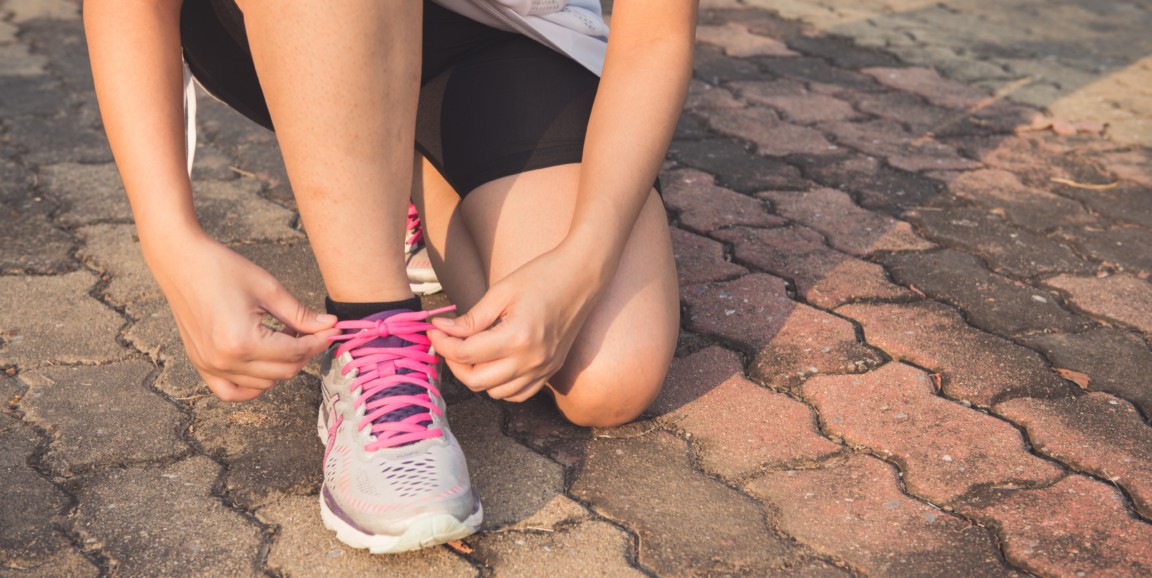Most runners will be sidelined by injury at some point, a statistic I contributed to last year when both of my knees suddenly revolted against my until-then breezy training routine.
Even more painful was that I had just been professionally outfitted with new running shoes at a boutique specialty store, which gave me the same advice that most shops (or a quick Google search) will offer: measure your foot arch, measure how much your feet turn in (pronate) when you run and select "neutral," "stability" or "motion control" shoes accordingly.
I had expected this careful shopping to ward off the knee, joint and tendon pain that so often sidelines runners. Betrayed, I put my science training to work and began digging into published studies about running shoes, only to be surprised by what I read: There's little scientific evidence that choosing a shoe type to match your foot shape can prevent injuries.
For instance, in a series of studies performed on military recruits, those who were given motion control, stability, or neutral shoes based on their arch height did not fare any differently injury-wise than those who were all given stability shoes. Furthermore, another study found that running in motion-control shoes led to more injuries and put runners in more pain, regardless of their foot type. Although one study exists suggesting that motion-control shoes might reduce injuries in runners who over-pronate, the consensus seems to be that the way most people choose their running shoes is not science-based at all.
Instead of finding the miracle perfect shoe, my reading taught me a simple (and somewhat disappointing) lesson: It's proper training that prevents injuries.
A study led by Stanford bioengineer Scott Delp, PhD, and sports medicine physician Michael Fredericson, MD, looked at running form rather than shoes, exploring whether training runners to strike the ground first with the forefoot rather than the heel could reduce injuries. Sure enough, the forefoot-striking test subjects put less force on their shins and joints when running, likely preventing injuries over time. And that's just one of several recent reports finding that improving running form can keep runners on the road and out of the physical therapist's office.
Now that I've returned to running (in non-stability shoes this time), I only wish I had thought to do my homework before visiting the store. Maybe my science training could have saved me from having to learn things the hard way.
Ellen Bouchard is a fourth-year PhD student studying glia and neurodevelopment in Stanford's Department of Developmental Biology.
Photo by Tirachard Kumtanom






